If you’ve ever driven past a demolition site, you’ve probably seen clouds of dust rising into the air. While it might just look like part of the job, that dust can be dangerous—especially when it contains crystalline silica.
Professionals offering demolition services in Saskatoon know that controlling silica dust is one of the most critical safety measures on any site. It protects not only workers but also nearby residents and the environment.
Let’s break down what silica dust is, why it’s so harmful, and how professionals keep it under control using methods like creating barriers and using negative air systems.
WHAT IS SILICA DUST AND WHY IS IT DANGEROUS
Silica is a naturally occurring mineral found in common building materials such as concrete, brick, stone, and mortar. When these materials are cut, drilled, or demolished, tiny particles of crystalline silica become airborne. These particles are incredibly small—up to 100 times smaller than a grain of sand—which means they can easily be inhaled deep into the lungs.
Once inside the lungs, silica dust can cause serious and sometimes irreversible health problems. Long-term exposure can lead to silicosis, lung cancer, and chronic obstructive pulmonary disease (COPD). Even short-term exposure at high levels can cause respiratory irritation, coughing, and shortness of breath. That’s why every professional in demolition services in Saskatoon takes dust control seriously—it’s not just about following regulations; it’s about keeping people safe.
REGULATIONS AND RESPONSIBILITIES
In Saskatchewan, strict regulations are in place to limit worker exposure to silica dust. Employers are required to assess job sites for potential silica hazards and implement proper control measures. Workers must also be trained on how to handle materials safely, use protective equipment, and follow exposure limits set by occupational health and safety standards.
Failure to comply with these standards can lead to hefty fines and serious health consequences for workers. That’s why reputable demolition companies in Saskatoon have clear, well-documented dust control plans that guide every stage of the project.
KEY METHODS TO CONTROL SILICA DUST
There’s no single solution to controlling silica dust—it’s about combining multiple strategies to minimize airborne particles effectively. Here are some of the most important techniques used on demolition sites.
WATER SUPPRESSION SYSTEMS
One of the most common and effective ways to control dust is through water. Spraying water on surfaces during cutting, drilling, or breaking helps trap dust particles and keep them from becoming airborne. Many demolition tools now come equipped with built-in water delivery systems that apply a steady mist right where dust is generated.
Water suppression doesn’t just reduce dust—it also improves visibility, keeps the site cleaner, and reduces the risk of dust traveling beyond the work zone.
CREATING BARRIERS TO CONTAIN DUST
Creating physical barriers is another critical step in dust management. Barriers can take the form of heavy-duty plastic sheeting, temporary walls, or enclosures built around active work areas. These barriers help contain silica dust within a specific zone, preventing it from spreading across the site or escaping into surrounding neighborhoods.
Professionals offering demolition services in Saskatoon often use barriers in combination with other methods like negative air systems to create a fully controlled environment. Not only does this keep dust from traveling, but it also makes cleanup easier and more efficient once the work is done.
USING NEGATIVE AIR SYSTEMS
Using negative air systems is one of the most advanced and effective strategies for controlling airborne silica dust. These systems work by creating a slight vacuum inside a contained area, ensuring that air flows inward rather than outward. Essentially, this means dust cannot escape the controlled zone.
Negative air machines use high-efficiency particulate air (HEPA) filters to capture microscopic particles, including silica dust. The filtered air is then safely exhausted outside the work zone. This method is particularly useful in enclosed spaces or during interior demolition projects where ventilation is limited.
By combining creating barriers and using negative air, demolition crews can achieve a high level of dust control that protects both workers and the surrounding community.
LOCAL EXHAUST VENTILATION
Local exhaust systems capture dust directly at the source—right where it’s created. Tools equipped with vacuum attachments and HEPA filters can dramatically reduce airborne dust. When used alongside water suppression, they provide one of the most effective methods for controlling silica exposure.
SITE CLEANLINESS AND MAINTENANCE
Keeping a demolition site clean is another simple but powerful dust control tactic. Regular cleanup with wet sweeping or HEPA-filter vacuums prevents dust from building up on surfaces. Avoiding dry sweeping or compressed air helps ensure that dust isn’t stirred back into the air.
PERSONAL PROTECTIVE EQUIPMENT (PPE) MATTERS
Even with strong dust control systems in place, workers still need personal protection. Respirators are the last line of defense against silica exposure. P100 or N95 respirators are commonly used on demolition sites to filter out fine particles.
Other protective equipment includes goggles, gloves, disposable coveralls, and steel-toed boots. Proper PPE training ensures workers know how to wear and maintain their gear for maximum protection.
TRAINING AND AWARENESS
Education is key to preventing silica exposure. Demolition workers in Saskatoon receive regular training on identifying silica hazards, using dust suppression tools, and maintaining containment systems. Supervisors also monitor air quality with specialized equipment to ensure that exposure remains below permissible limits.
Training doesn’t stop at the basics—it includes hands-on demonstrations and refreshers to keep safety at the forefront of every job. Companies that provide demolition services in Saskatoon understand that knowledge and consistency are what make safety programs successful.
THE BENEFITS OF EFFECTIVE DUST CONTROL
Controlling silica dust offers more than just compliance with regulations—it leads to healthier workers, cleaner worksites, and better project efficiency. Reduced dust levels mean better visibility, fewer interruptions, and lower cleanup costs. It also shows clients and communities that the demolition company values sustainability and safety equally.
THE BOTTOM LINE
Silica dust may be invisible to the naked eye, but its impact on health and safety is enormous. Professionals offering demolition services in Saskatoon know that every project must include effective dust control measures. From creating barriers and using negative air systems to employing water suppression and HEPA filtration, each strategy plays an important role in keeping job sites safe.
When dust control is taken seriously, everyone benefits—workers stay healthy, projects stay on schedule, and the surrounding environment remains protected. The best demolition crews in Saskatoon don’t just demolish buildings—they do it responsibly, safely, and with the well-being of their teams and communities in mind.


